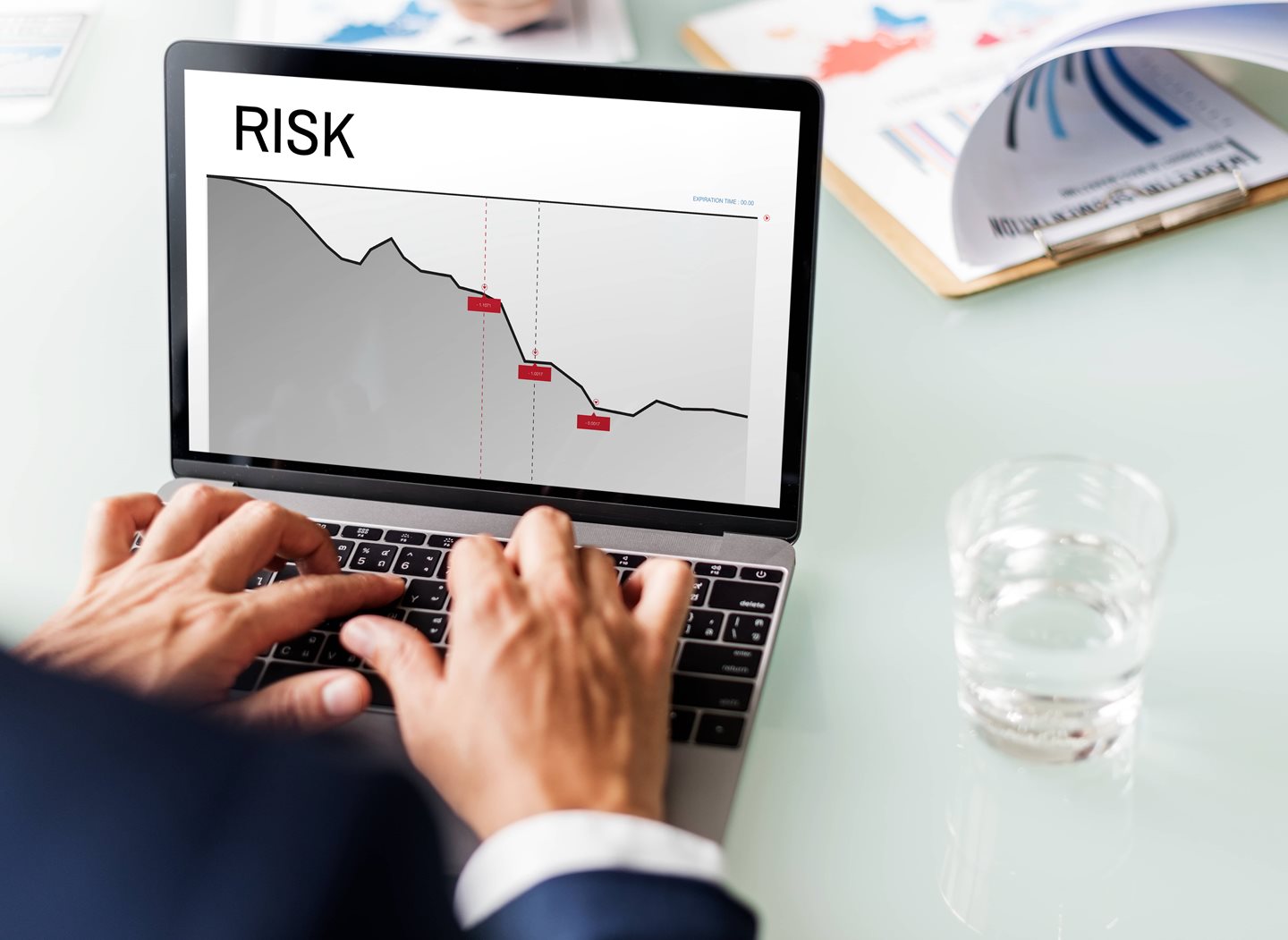
Martin Hořický

Risk Flow is an information system to support the identification, analysis and management of risks in the IT environment. It enables organizations to more effectively detect potential risks, assess their likelihood and impact, and then propose measures to mitigate or eliminate them.
Risk Flow helps companies by providing a systematic approach to risk management that involves all levels of the organization. This improves companies' ability to anticipate and respond to potential problems, leading to reduced financial losses, reputation protection and more effective decision-making. This enables companies to better allocate resources and ensure the smooth running of their processes, which has a positive impact on their overall performance and stability.
What benefits does Risk Flow bring?
Risk Flow helps you manage IT assets, create risk analyses, design security measures and much more. It saves staff time and company resources.